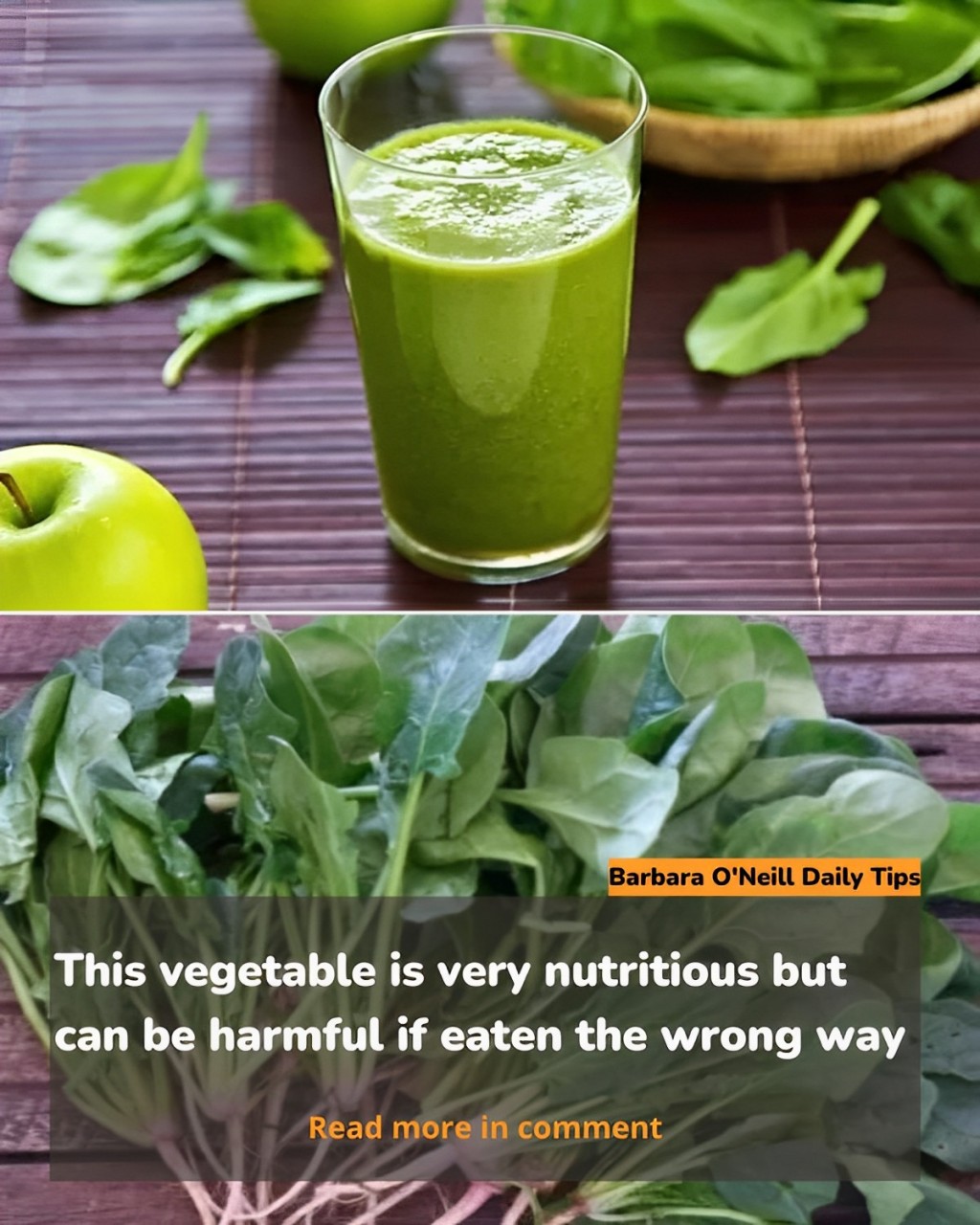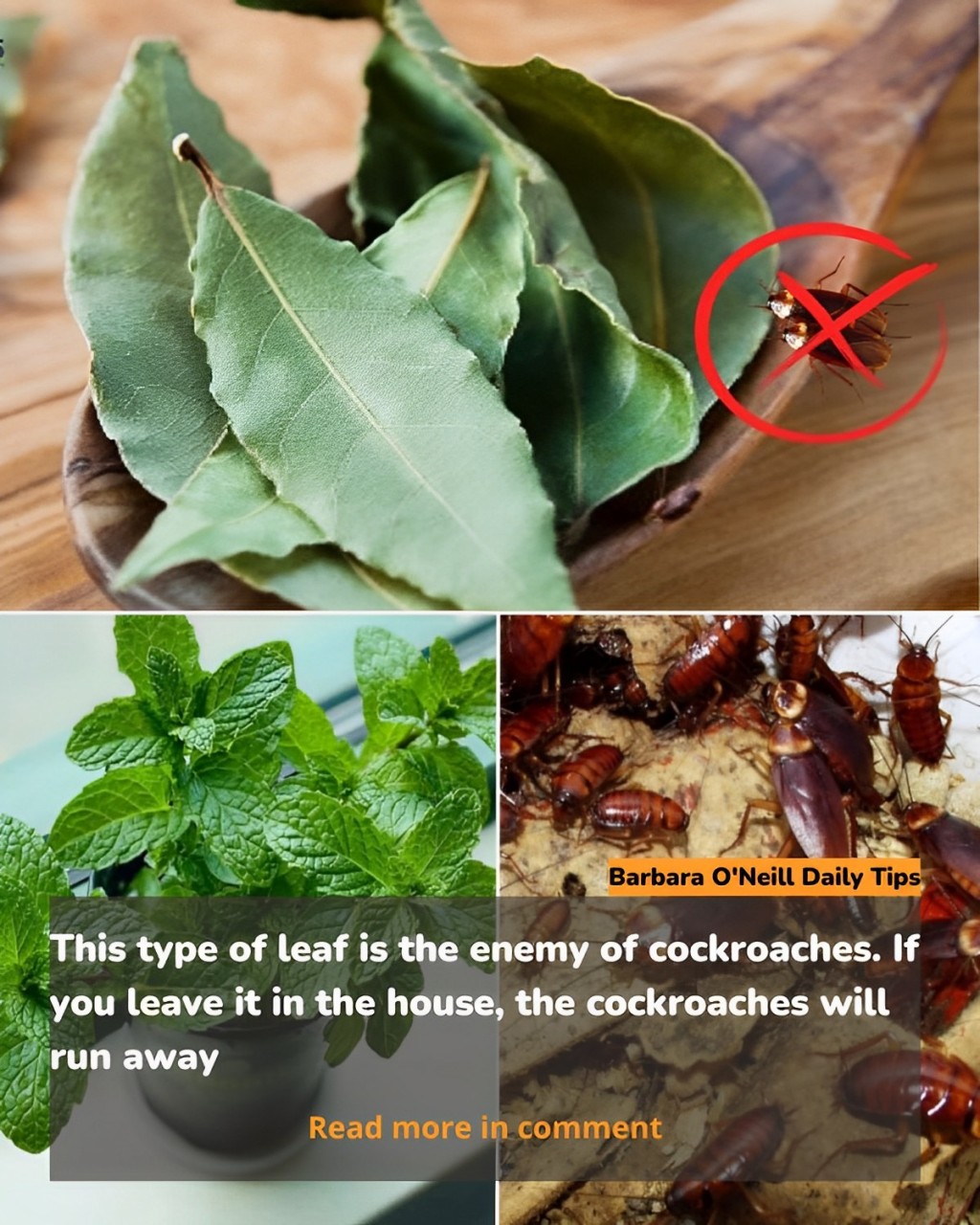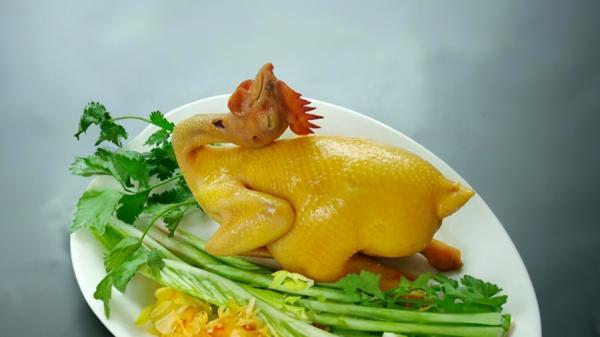Verdolaga, or purslane, was once an invasive plant in gardens but is now a prized commodity. Thanks to its unique combination of health benefits and delicious flavor, this remarkable plant is making a triumphant comeback to upscale eateries and farmer’s markets.
After being known by other names like hogweed and pigweed, Purslane is finally getting the recognition it deserves as a beneficial weed. Its popularity is on the upswing again, and it is revered as a superfood; even famous people like Mahatma Gandhi hold it in high regard.

This hardy plant has been praised as a „miracle plant” by Dr. Artemis Simopoulos of the Centre for Genetics, Nutrition, and Health, and it has been known to squeeze itself into gardens and cracks in pavement. While working at the NIH, Dr. Simopoulos found that, of all the leafy greens, Purslane has the greatest concentration of Omega-3 fatty acids.
Its teardrop-shaped succulent leaves are a nutritional powerhouse, delivering a wealth of antioxidants, vitamins, and minerals. The benefits, however, do not end there; the leaves also lend a slightly spicy, lemony flavor. Sergio Vitale, chef and owner of Chicago’s Aldo’s Ristorante Italiano, remembers his childhood in southern Italy fondly and provides this account.
The popularity of raw and pickled Purslane declined in the early 1900s, despite the fact that early Americans, including Martha Washington, loved it. Thankfully, creative chefs, foragers, and farmers have reignited interest in this useful herb in the last few years.
Thorough washing is necessary to remove any remaining pesticide residues when working with wild Purslane. The mildly salty and tart flavor of purslane makes it a great complement to a wide range of foods.
Purslane and basil pesto is an easy dish that you may try.

Things needed:
- 2 cups of young, roughly cut, and rinsed Purslane stems and leaves
- 45 grams of washed basil leaves
- One garlic clove
- 40 grams of toasted almonds
- Half of a lemon’s juice
- a half-milliliter bottle of olive oil
- According to personal preference, season with salt and pepper.
Instructions:
- Toss the almonds, basil, garlic, lemon juice, and purslane in a food processor.
- Mix everything together by pulsing.
- Emulsify the mixture by slowly streaming in the olive oil while the machine is running.
- Add salt and pepper according to your taste.
- Put this aromatic pesto over toasted sandwiches, roast veggies, meat, or mix it with pasta for a delicious meal.

What follows is an examination of the purslane’s dietary advantages:
- Purslane is a great plant-based option for vegans looking to get the omega-3 fatty acids they need for brain and heart health.
- Purslane helps protect cells, fight damage, and slow down the aging process because it is rich in antioxidants like glutathione.
- Rocks and stones: As a supplement to the Standard American Diet, purslane is rich in several minerals that are important for good health, including calcium, magnesium, potassium, selenium, iron, phosphorus, copper, manganese, and folate.
- An excellent way to get your daily dose of vitamin C, which helps keep your immune system strong and healthy.
- Beta-carotene: Purslane is an excellent source of beta-carotene, a precursor to vitamin A, which helps with many people’s typical deficiencies.
- Melatonin: An unusually useful natural source, Purslane really includes melatonin, a hormone that plays a crucial role in controlling when and how much we sleep.
- The antioxidant betalain in purslane helps lower cholesterol and protects blood vessels from cholesterol damage. It also has a favorable effect on LDL cholesterol levels.
- Purslane is a good source of the amino acid tryptophan, which helps regulate mood and fights depression.
Take in Purslane’s beauty while you relish its culinary and medicinal benefits. What this multipurpose plant has to offer in terms of health benefits and flavor is practically endless, thanks to its abundance of Omega-3 fatty acids and melatonin.
Are you a fan of this? Encourage your friends to do the same!





